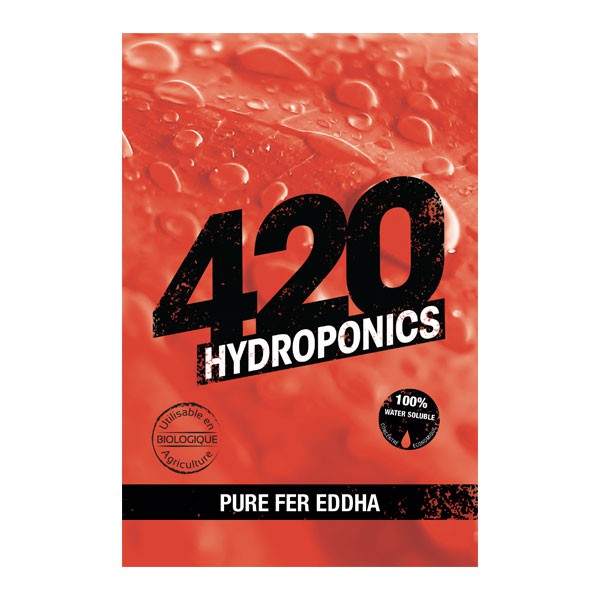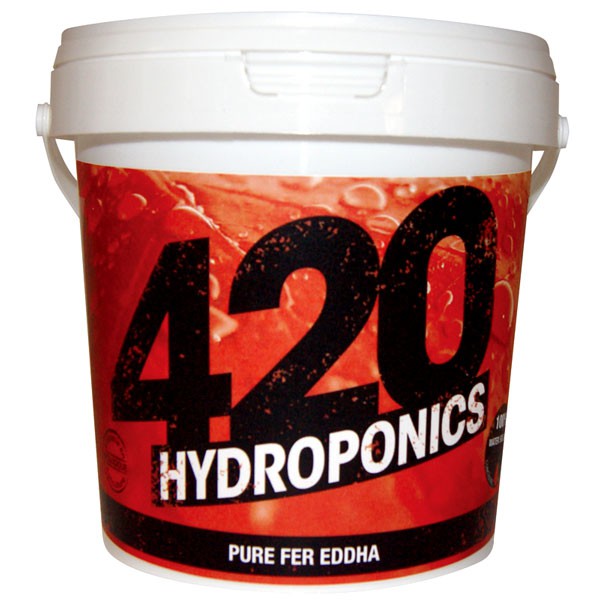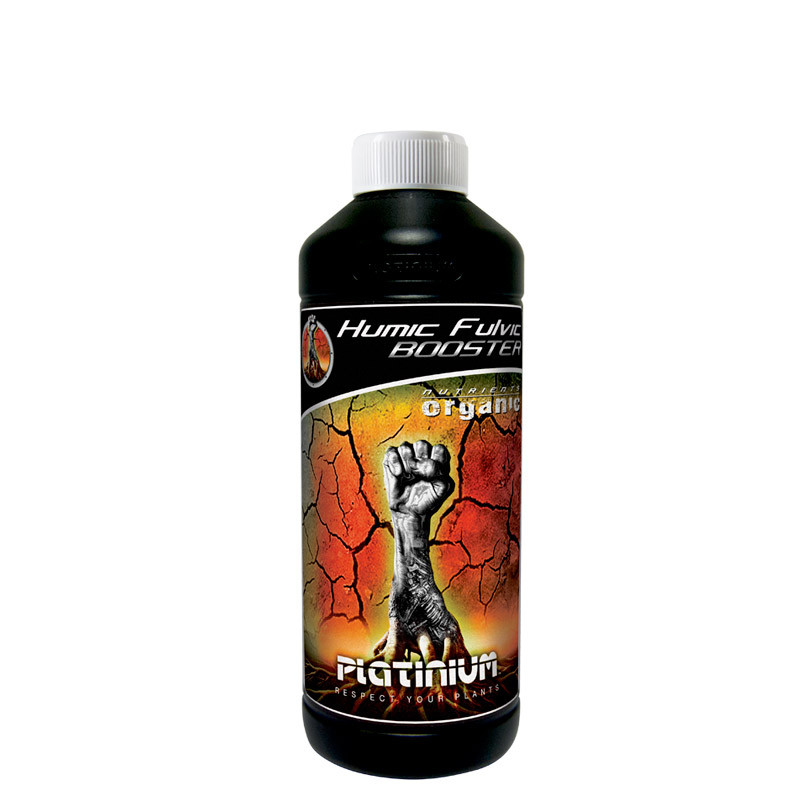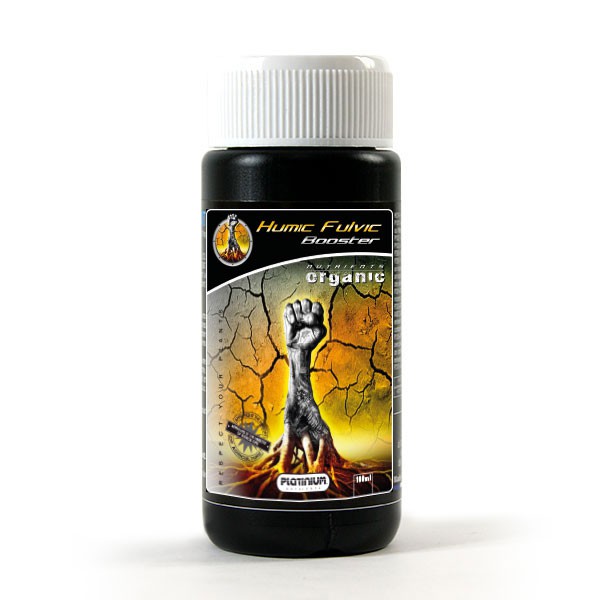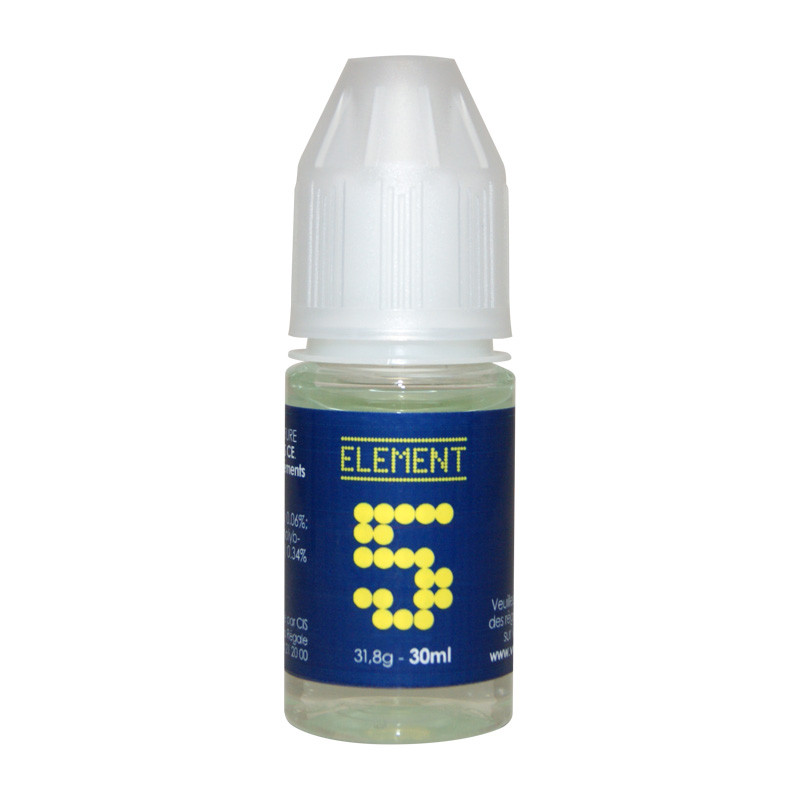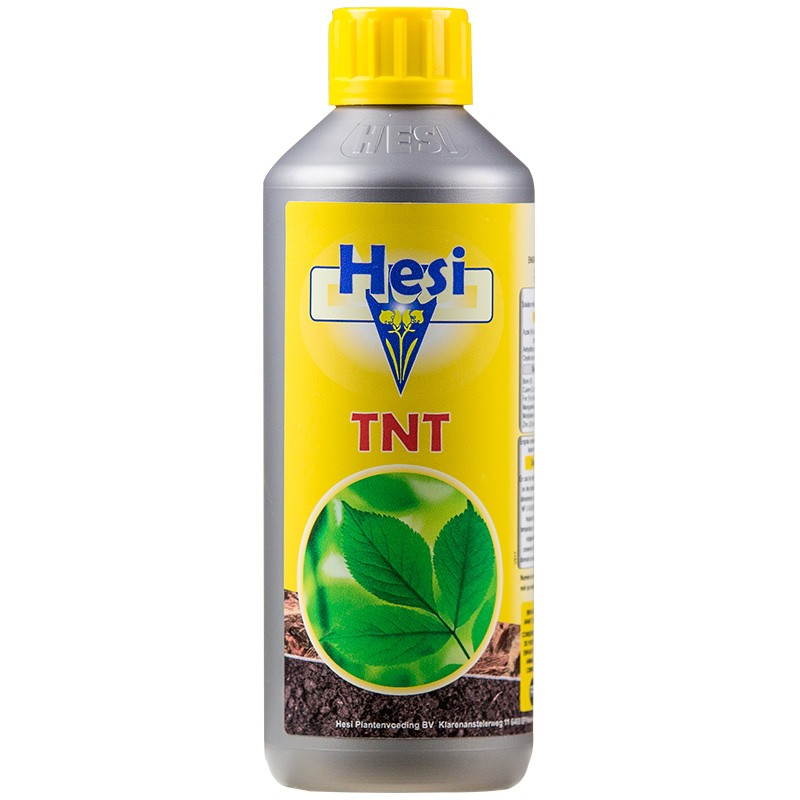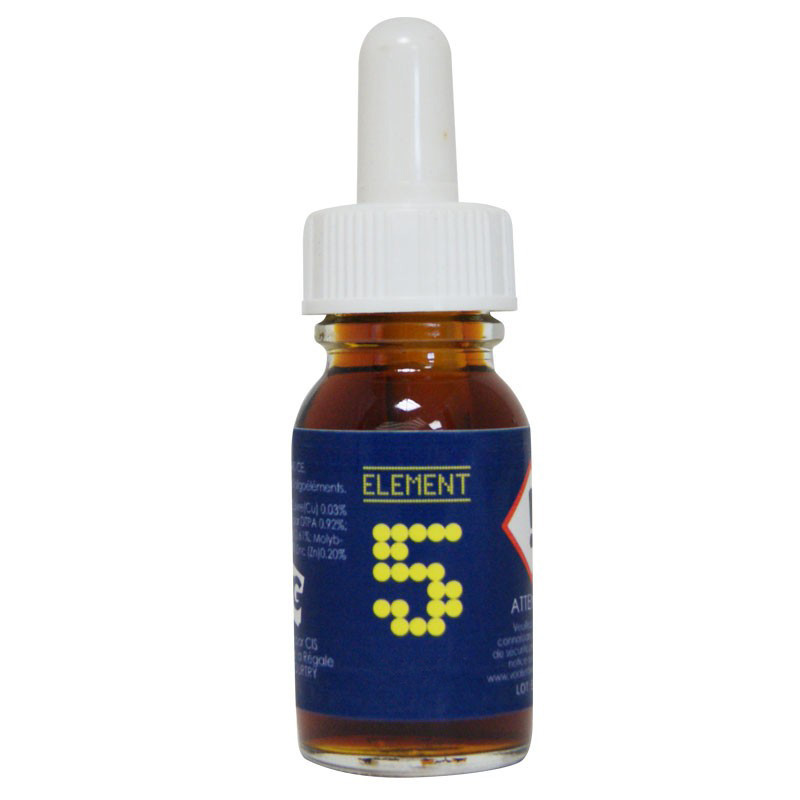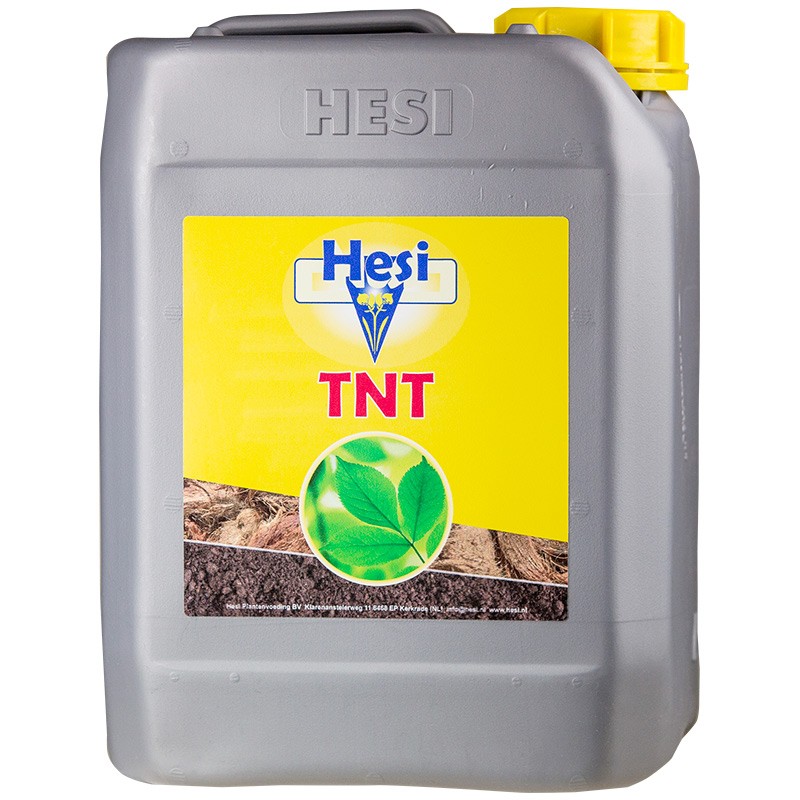Fertilizers Pure Iron EDDHA 420 Hydroponics designed to combat iron chlorosis. Preventive and curative action thanks to its double effect: fast and long-lasting (progressive release).
Authorized in Organic Agriculture in accordance with regulations 834/2007 and 889/2008.


EC FERTILIZER - Iron chelate of EDDHA
Iron is involved in the formation of chlorophyll and other pigments (carotenes and xanthophylls) as well as in oxygen transport (respiration) and nitrogen fixation.
Pure Iron EDDHA 420 Hydroponics acts on protein metabolism, enzymatic functions, and nitrate reduction.
Its formulation has many advantages:
- rapid dispersion,
- good suspension properties (no clogging of drippers or jets),
- clean handling (no dust),
- easy dosage.
Dosage :
Vegetable crops: 1-2g / plant
Vine: 5-10g / plant
Fruit trees: 40-60g / tree
Citrus and olive trees: 30-100g / tree
2 applications recommended:
1st application 2 to 6 weeks after planting.
2nd application 2 to 6 weeks after the first, before the flowers appear (flower induction).
Fertirrigation:
Preventive application: 0,01 to 0,02g/L
Curative application: 0.1 to 0.2g/L
Use:
Vegetable, fruit and flower crops / Fruit trees / Citrus and olive trees / Vines.
Never spray. To be applied only on the ground, on fresh or wet soil.
Fast dispersion, good suspension (no clogging of drippers or jets), clean handling (no dust), easy dosage.
Period of use:
Growth and flowering.
Importance of iron :
Iron (Fe) is a member of the family of trace elements or micronutrients, meaning that it is required by plants in smaller quantities than primary (N, P, K) or secondary (Ca, Mg, S,) nutrients. However, iron is very important for plant health and growth. Of all the trace elements, iron is required in the greatest quantity and its availability depends largely on the pH of the substrate.
Iron is a component of several enzymes and some pigments. It also helps to reduce nitrate and sulfate levels in the plant and to produce energy. Although iron is not used in the synthesis of chlorophyll (the green pigment in leaves), it is still essential for its formation; plants that require iron sometimes show symptoms of chlorosis in new leaves.
- Respiration
- Formation of chlorophyll
- Functioning of photosynthetic systems
- Protein metabolism
- Nitrate reduction
Iron deficiency results in interveinal chlorosis of new leaves (leaves are yellow with green veins).
 |  |  |
|---|
| Iron deficiency in a calibrachoa. |
Iron deficiency in a petunia. |
Iron deficiency in a geranium. Even geraniums can become iron deficient if the iron levels are too low. |
|---|
The pH of the substrate directly affects the absorption of iron by the plants. If the pH of the substrate rises above 6.5, the iron becomes unavailable, causing the deficiency. It will then take a few weeks to correct the problem, you can use chelated iron to accelerate the greening of the plants.
The most effective chelating agent is EDDHA
 |
|---|
| Developed formula of EDDHA (illustration Edgar181) |
|---|
EDDHA chelates are organic molecules whose property is to be able to bind to iron molecules and protect them from oxidation. This makes it possible to bring directly assimilable Iron to the roots of the plants. EDDHA chelates come in several forms (isomers), the ORTHO/ORTHO form and the ORTHO/PARA form. The ORTHO/ORTHO form, the one selected for Pure Fer EDDHA of 420 Hydroponicsthe ORTHO/ORTHO form, the one selected for Pure Iron EDDHA, is more resistant to degradation caused by high soil pH and high levels of active calcium. The ORTHO/PARA forms release iron more quickly. In addition, the ORTHO/ORTHO forms increase the effectiveness of the product.
COMPOSITION:
Iron (Fe) 6% fully soluble in water.
Chelated fraction of EDDHA: 100%.
4.8% Fe chelated by ortho-ortho EDDHA.
Stable in solution in soils from pH4 to pH10.
To be used only when needed.
Do not exceed the prescribed doses.
